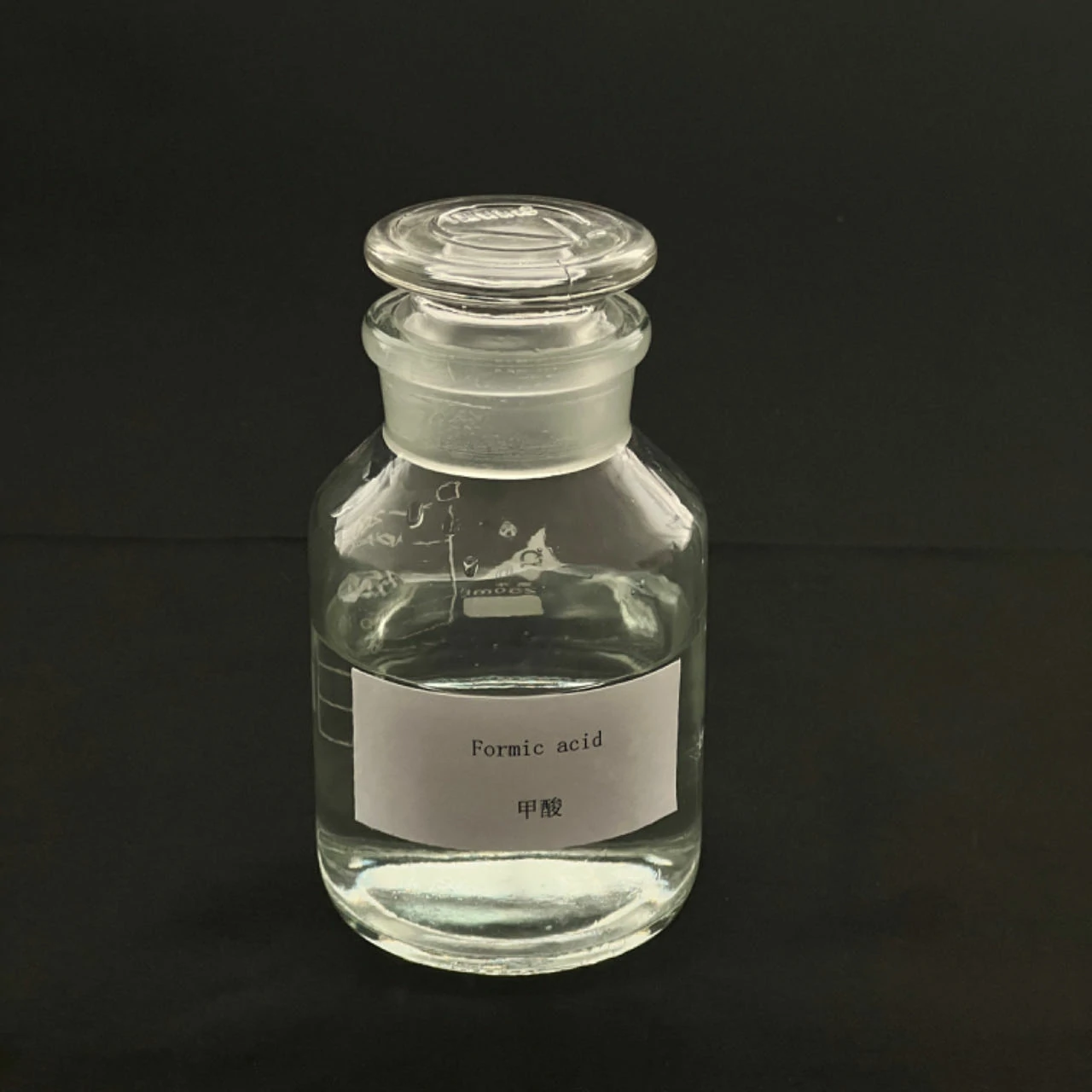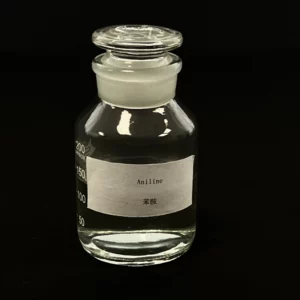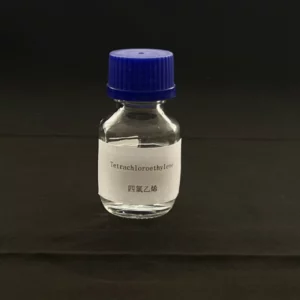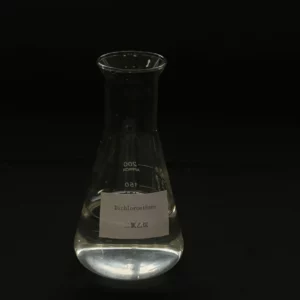Քիմիան կենսական դեր է խաղում տարբեր ոլորտներում, դեղագործությունից մինչև նյութագիտություն. Այս համապարփակ ուղեցույցում, մենք կխորանանք հատկությունների մեջ, հավելվածներ, և մի քանի քիմիական միացությունների նշանակությունը: Tert-Butyl Hydroperoxide, Մրջնաթթու, DBU (1,8-Դիազաբիցիկլո[5.4.0]undec-7-ene), Բենզիլ քլորիդ, և ամոնիումի աղ. Այս միացությունները կիրառություն են գտնում օրգանական սինթեզի մեջ, արդյունաբերական գործընթացներ, և հետազոտություն. Միացեք մեզ, երբ մենք ուսումնասիրում ենք այս քիմիական նյութերի եզակի բնութագրերը եւ բազմակողմանի օգտագործումները, shedding light on their importance in diverse fields.

Tert-Butyl Hydroperoxide: Versatile Oxidizing Agent
Tert-Butyl Hydroperoxide (Տուգանք) կողմից China Tert-Butyl Hydroperoxide manufacturer, is an organic peroxide widely utilized as an oxidizing agent in various chemical reactions. It is commonly employed in the synthesis of organic compounds, ինչպիսիք են սպիրտները, կետոններ, and ethers. TBHP exhibits high reactivity and selectivity, making it a valuable tool for organic chemists. Լրացուցիչ, TBHP finds applications in polymerization processes, where it acts as an initiator or co-initiator. Its ability to generate free radicals makes it suitable for initiating radical reactions. Այնուամենայնիվ, caution must be exercised due to its potential hazards, including its flammability and sensitivity to shock or heat.
Մրջնաթթու: A Multifunctional Compound
Formic Acid from China Formic Acid supplier, անգույն է, pungent liquid with a wide range of applications. It is commonly used as a preservative, antibacterial agent, and reducing agent. In the textile industry, formic acid is employed for dyeing and finishing processes. It also serves as a coagulant in the production of rubber. Ավելին, formic acid finds use as a feed additive, enabling improved digestion in livestock. It can also be utilized as a cleaning agent, pH adjuster, and catalyst in various chemical reactions. Its versatility and relatively low toxicity make formic acid an important compound across several industries.
DBU (1,8-Դիազաբիցիկլո[5.4.0]undec-7-ene): A Versatile Organic Base
DBU as made by China DBU Benzyl Chloride Ammonium Salt suppliers, also known as 1,8-Diazabicyclo[5.4.0]undec-7-ene, is a highly useful organic base. It finds extensive application in organic synthesis, particularly in reactions involving acid-base catalysis. DBU is known for its ability to deprotonate acids and form salts, making it valuable in various transformations. It is often used as a catalyst in the synthesis of pharmaceuticals, պոլիմերներ, եւ այլ օրգանական միացություններ. DBU’s strong basic properties and its compatibility with a wide range of solvents make it a popular choice in the chemical industry.
Բենզիլ քլորիդ: A Key Building Block
Benzyl Chloride is an organic compound with numerous applications in the synthesis of various chemicals. It serves as a key building block in the production of pharmaceuticals, Օծանելիք, և ներկանյութեր. Benzyl chloride is commonly used for introducing the benzyl group into organic molecules, as it readily undergoes nucleophilic substitution reactions. It is also employed in the synthesis of benzyl ethers, էսերներ, and amines. Այնուամենայնիվ, caution must be exercised while handling benzyl chloride due to its corrosive and toxic nature.
Ammonium Salt: Diverse Applications
Ammonium salts are versatile compounds with a wide range of applications in various industries. They find use as fertilizers, flame retardants, Ախտահանող նյութեր, and pH regulators. Ammonium salts are also employed in the pharmaceutical industry as active ingredients or excipients in drug formulations. Լրացուցիչ, they serve as surfactants and emulsifiers in cosmetic and personal care products. The diverse properties and applications of ammonium salts make them valuable compounds across multiple sectors.
Եզրակացություն
Chemical compounds such as Tert-Butyl Hydroperoxide, Մրջնաթթու, DBU, Բենզիլ քլորիդ, and Ammonium Salt play essential roles in scientific research, արդյունաբերական գործընթացներ, and everyday applications. Their unique properties and versatile functionalities make them valuable tools for chemists, engineers, and researchers in various fields. Understanding the characteristics and applications of these compounds enables us to harness their potential in organic synthesis, materials science, դեղագործություն, and beyond. By exploring the diverse uses of these chemicals and adhering to safety protocols, we can leverage their benefits while ensuring responsible handling and application in our quest for scientific progress and innovation.





